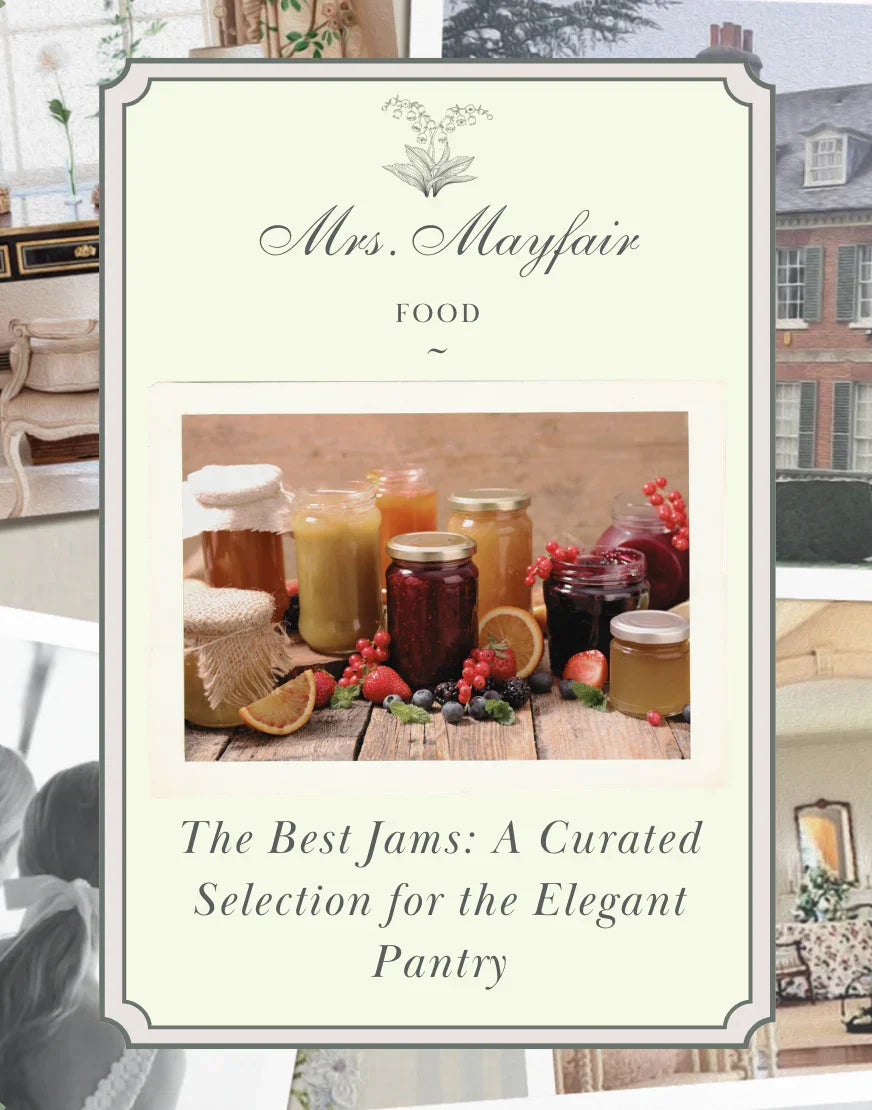How to Grow an Herb Garden for Fresh Cooking
Today we’ll plant the seeds—literally—for one of the most useful and delightful garden corners you can create: the kitchen herb garden. Fresh, fragrant, and always within reach.
There’s something undeniably romantic about stepping outside—or simply to the windowsill—and snipping a sprig of rosemary for a stew, a few basil leaves for your salad, or a handful of mint for afternoon tea. The herb garden is the most charming intersection of form and function. It’s beautiful, yes—but it also nourishes, flavors, and delights.
Whether you live in a countryside home or a city apartment, cultivating your own herbs connects you with the seasons and brings freshness to every dish.

Why Every Home Needs a Herb Garden
Herbs are among the easiest and most rewarding plants to grow. They ask for little and give so much.
-
Convenience: No more last-minute grocery runs for parsley
-
Flavor: Nothing beats the taste of freshly picked herbs
-
Aesthetic: Herbs are naturally lovely, in both garden beds and pots
-
Sustainability: Growing your own reduces waste and packaging
And most beautifully: tending herbs becomes a ritual—a moment of pause, of scent, of intention.
Choosing the Best Herbs for Cooking
Start with what you love and cook with often. For most kitchens, a classic mix includes:
-
Basil: Perfect for salads, pasta, and tomato-based dishes
-
Rosemary: Earthy and aromatic—lovely for roasting
-
Thyme: A quiet powerhouse for meats, stews, and even teas
-
Mint: Bright and versatile, from desserts to beverages
-
Parsley: A fresh finishing touch on nearly everything
-
Chives: Mild onion flavor, essential for eggs and potatoes
-
Oregano: A Mediterranean favorite for sauces and dressings
Where and How to Plant
Herbs are wonderfully adaptable. You can grow them in garden beds, raised boxes, or a collection of charming pots on a windowsill.
-
Sunlight: Most herbs love at least 6 hours of sunlight a day
-
Soil: Well-drained and enriched with compost
-
Watering: Herbs prefer to dry out slightly between watering—especially Mediterranean varieties
-
Containers: If space is limited, opt for wide, shallow pots or a vertical planter
Place them where you’ll see them—near the kitchen, the back door, or even in the window above the sink.
Tools That Help
Keep your herb garden beautiful and manageable with these essentials:
-
Terracotta or ceramic planters: Breathable and elegant
-
Garden markers: For charm and clarity
-
Good shears or scissors: For clean harvesting
-
A small watering can: Something pretty enough to leave out
At The Mayfair Hall, we love thoughtful garden accessories that make daily tending feel like a ritual, not a chore.
Tips for Harvesting & Cooking
-
Harvest herbs in the morning, just after dew has dried, when oils are most potent
-
Snip gently to encourage new growth
-
Wash in cool water and pat dry before using
-
Use fresh herbs generously—they brighten everything they touch
Reminders
-
Rotate herb pots every few days to ensure even growth
-
Pinch back basil regularly to prevent flowering
-
Mint can take over—give it its own container
-
Keep shears clean and sharp
-
Add crushed eggshells to the soil for extra calcium
I am grateful for today
-
The scent of basil on my fingers after pruning
-
A kitchen filled with the aroma of homegrown thyme
-
The quiet joy of tending something simple and green
From Our House to Yours,
Mrs. Mayfair






















